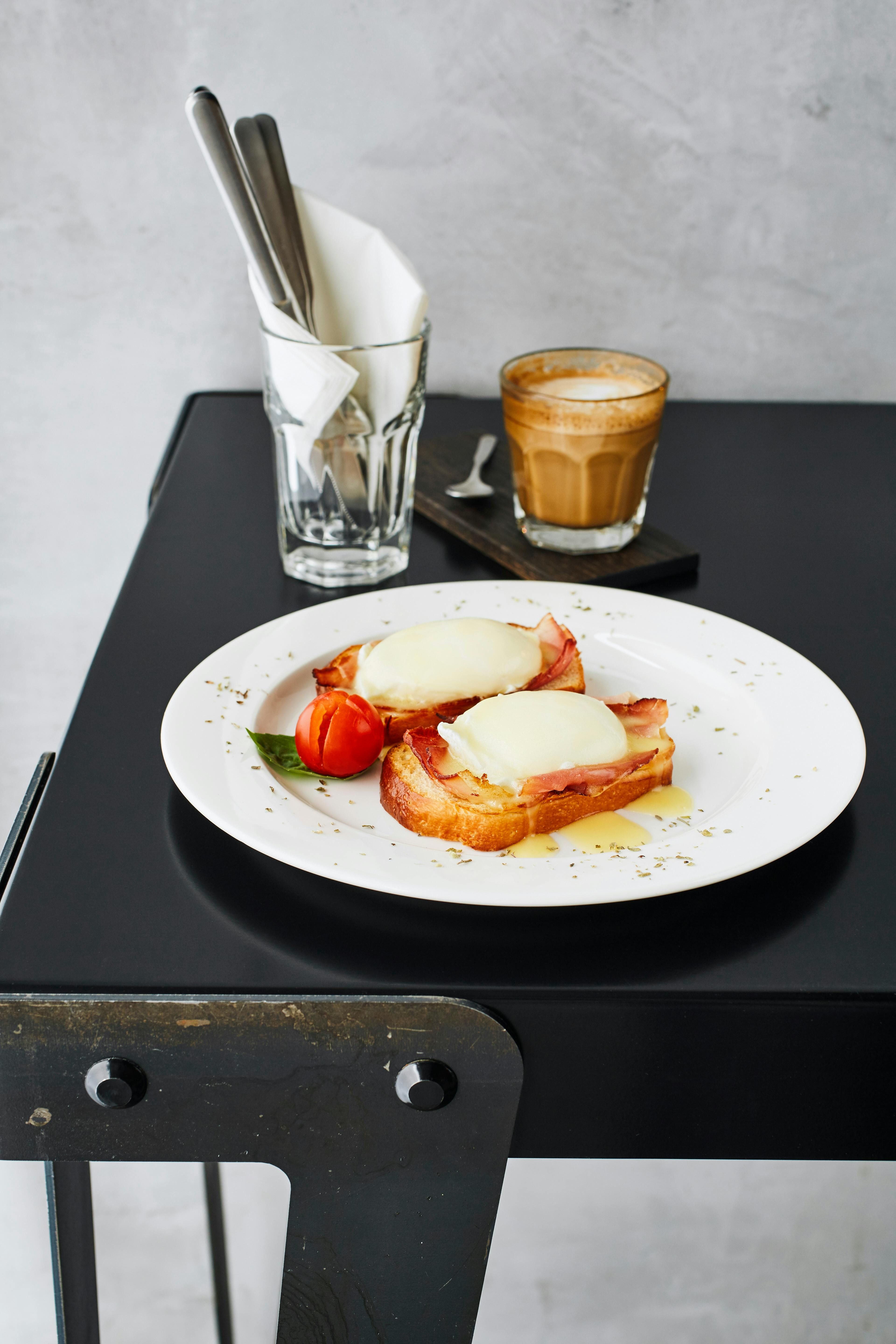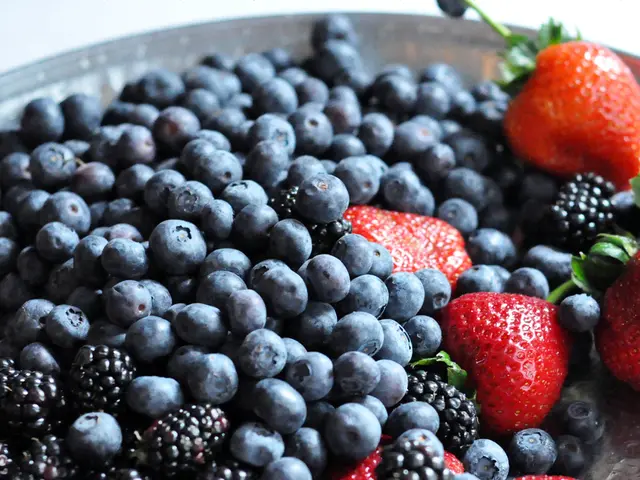Distinct Characteristics of Aioli and Mayo: Unveiling the Hidden Facts
Get the lowdown on aioli vs mayo – they're both creamy emulsions, but there's more to these sauces than meets the eye!
Emulsion: The Common Link
Mayonnaise, aioli, and hollandaise are all linked as emulsions, with tiny fat droplets suspended in water. They all share egg yolks as a common ingredient, acting as a natural emulsifier. To create any of these sauces, yolks are combined with a pinch of acid (usually vinegar or lemon juice), followed by the gradual whisking or blending of oil or fat. The fat particles break down, and proteins help the water and fat co-exist, resulting in a smooth and creamy sauce.
Aioli versus Mayo: What's The Difference?
Let's clear up any confusion:

Mayonnaise
Mayo, as per "Larousse Gastronomique," is an "egg yolk and oil emulsion." Historically, olive oil was the preferred choice, but today, various oils (like neutral ones such as canola or soybean) can be used. While mayonnaise is often thought of as the tangy, light-beige condiment with a vinegar and mustard twist, any yolk + oil emulsion could be classified as mayo.
Aioli
Aioli goes way back, dating back at least to the first century A.D. when garlic and olive oil were combined (with no egg yet) to create alioli. The modern aioli recipe adds egg yolk and is more strongly associated with Provencal cuisine. A mortar and pestle are the traditional tools for making authentic aioli, but feel free to use a food processor or blender in a pinch. The key ingredients for aioli are olive oil and garlic. While some additional flavors may be used, aioli should never be mistaken for a generalized mayo.

Diving into Hollandaise Sauce
Hollandaise, one of the five French mother sauces, commands a certain status. It's primarily made with butter, giving it a rich, buttery flavor. The sauce is notorious for its delicate preparation, as it requires careful temperature control to ensure the butter remains liquid while the yolks remain unscrambled. With a fat content between one-third and two-thirds of the total volume, hollandaise has a smaller fat-to-egg ratio than mayo, making it perfect for decadent brunch dishes. Get our Easy Blender Hollandaise recipe and impress your friends!
Sauce Comparison
| Sauce | Primary Ingredients | Preparation Technique ||---------|------------------------------------|------------------------------------------|| Mayo| Egg yolks, neutral oil, acid | Whisking oil into egg yolks gradually || Aioli| Garlic, olive oil, egg yolks, acid | Slowly whisking oil into garlic and yolks || Hollandaise| Egg yolks, butter, acid | Whisking melted butter into yolks, tempering heat |
Each sauce offers its own unique flavor profile and culinary application. Aioli and mayo are typically used as dippers or sandwich spreads, while hollandaise shines as a luxurious addition to brunch dishes like eggs Benedict and asparagus. With these guidelines in hand, you're armed with the knowledge to whip up these fabulous sauces at home! Enjoy!
Mayonnaise and aioli, both creamy emulsions, differ notably despite their common link as emulsions. While mayonnaise is traditionally made with egg yolks, acid, and various oils, aioli originates from garlic and olive oil, with egg yolks added later. Aioli, a staple of Provencal cuisine, should not be confused with a generic mayo. Meanwhile, hollandaise sauce, one of the French mother sauces, features a rich buttery flavor and a smaller fat-to-egg ratio than mayo, making it ideal for decadent brunch dishes. Understanding the primary ingredients and preparation techniques allows for a riveting culinary adventure, whether dipping, spreading, or presenting hollandaise on luxurious brunch dishes.






